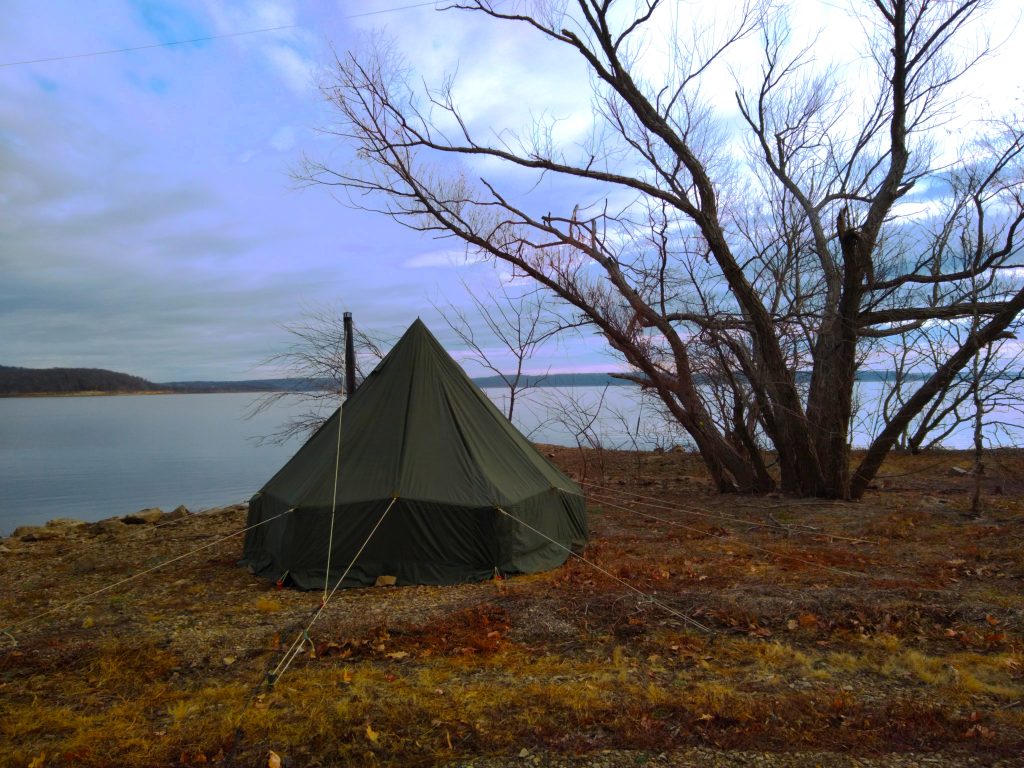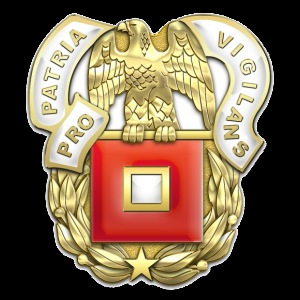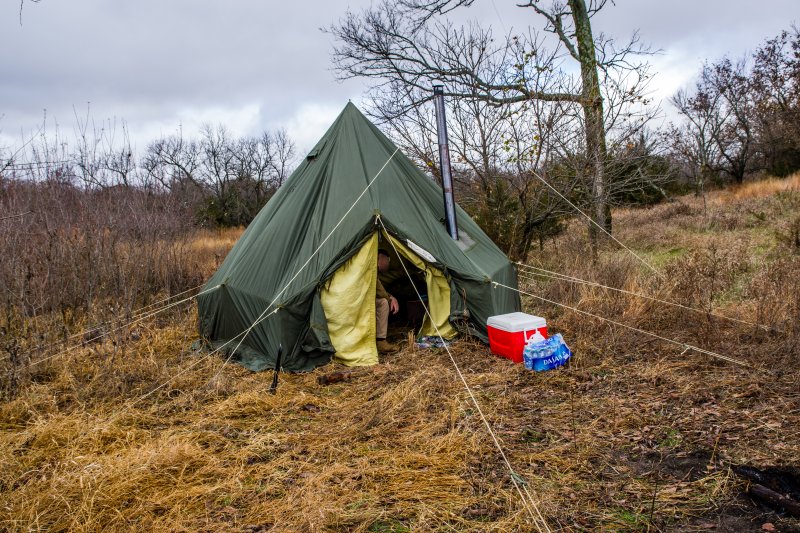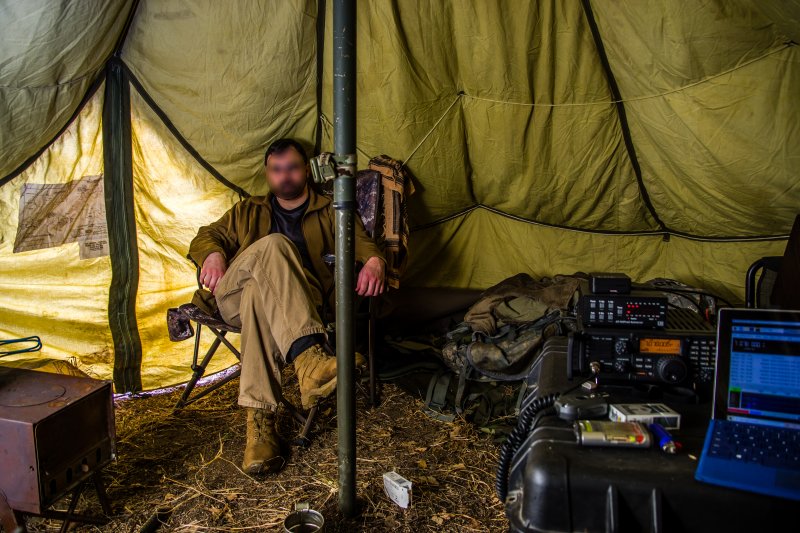In short, POTA is taking amateur radio equipment to a park listed on the POTA database and making contacts from there. The people that participate in this have a wide variety of setups ranging from a small battery and radio set on a picnic table to setups that can be in poor weather and sustain operations with some form of power generation. My goal is to lean to the latter, sustaining radio operations for several days away from power.
My last overnight trip was Perry State Park on Lake Perry, KS. The spot was beautiful and I had a great view.

Since I don’t have a mast, I have to select a spot with a tall tree to get a dipole antenna in the air. I took some fishing weights and put those in a tennis ball with paracord tied to the weights. The weights are silicone calked inside the ball. I use this to throw a line into a tree, which I use to hoist the dipole feed point up as high as I can. The ends of the antenna I either stake in or find other trees to tie off to to make an inverted V. Once the antenna is in place, I can set up the campsite since my feedline to the antenna will dictate where I can go. Ill have to be cautious of dead trees as these can be dangerous. Setting up or tearing down the entire thing solo takes about 2 hours. Once in operation it looks like:

I weighed the equipment and found:
- 200lb Gel lead acid batteries (140Ah), solar panel, and cart
- 100lb M1950 Tent and Yukon stove
- 100lb Personal care items, rucksack, cot, sleeping pads, camp chair, food
- 15lb IC7200 and accessories
- 10lb Tuner and power distribution
- 10lb Raspberry Pi, Software Defined Radio (SDR), and tablets
- 10lb Handheld Transceivers set with charging components
- 10lb Backup laptop
- 10lb Antennas and feedline
465lb of equipment. Some of the personal care items are not required such as the chair and cot. The tent, batteries, and radio can all be brought down in weight with items made to be light and I can get those over time. The current setup works well and my Lake Perry POTA activity was alot of fun.
The Yukon stove really works well. There isn’t much info on it to be found using with wood as a fuel like I am, and my experience with it isn’t helpful since we used vehicle fuels (diesel/gasoline) to burn in these when I was using one on active duty. I have the fuel burning plate, but do not intend to use that. I have no idea how we didn’t start several fires with these when using gasoline in the 80s, luck I guess. The door on the stove does not seal well, so regulating temperature when burning wood is largely dependent on bringing the coals forward or rearward and feeding the fire with smaller pieces more frequently as opposed to stuffing it. I found it wont burn overnight with wood so ill have to set an alarm after a few hours to feed it so it does not go out. The TM mentions coal or wood as a fuel, but does not go into detail. The stove works great to cook on and during my trips I have a constant supply of coffee or tea. In summer ill have to make a cooking fire outside since this stove produces quite a bit of heat.
I am really enjoying POTA activities and am looking forward to doing these as often as I can.


